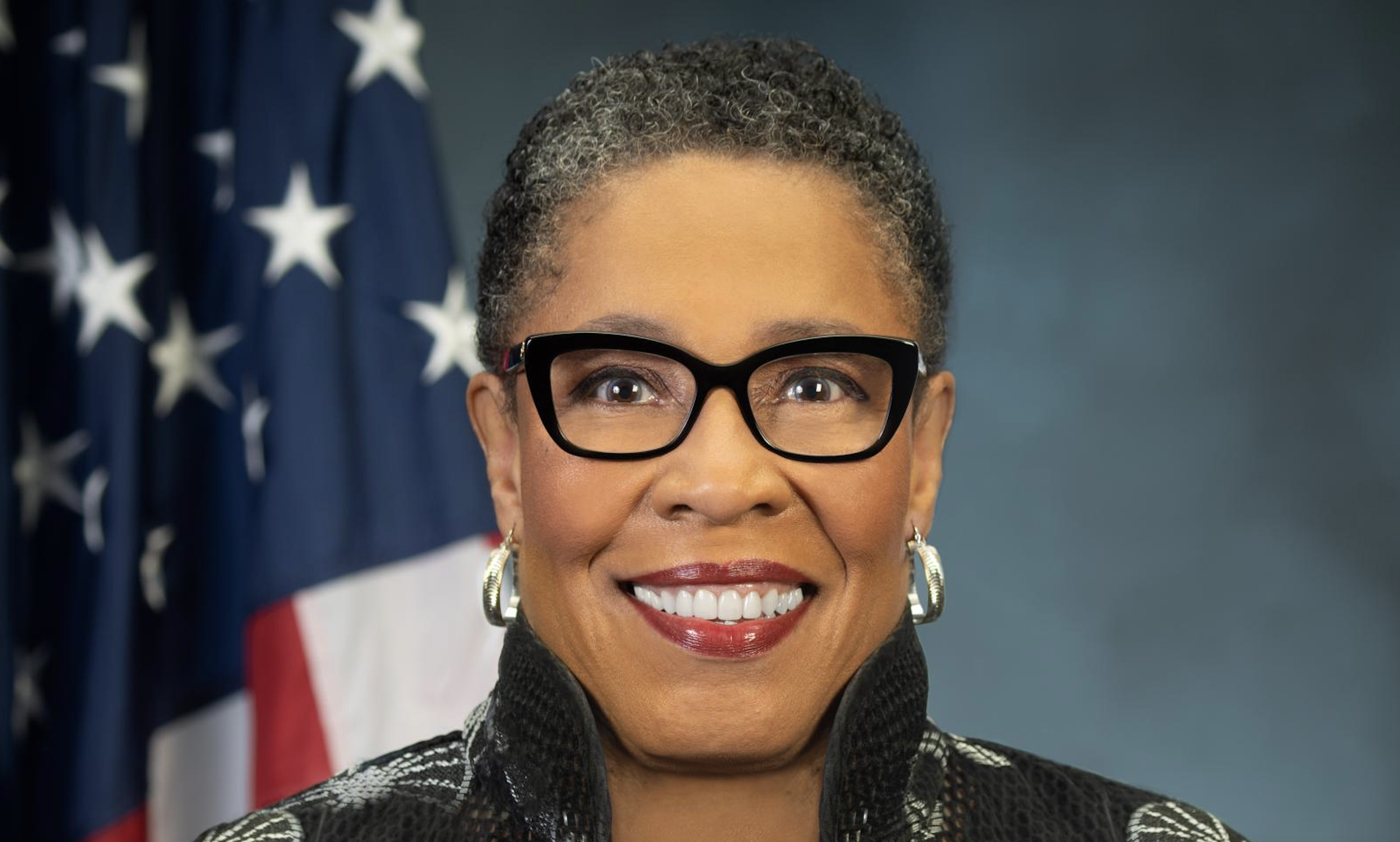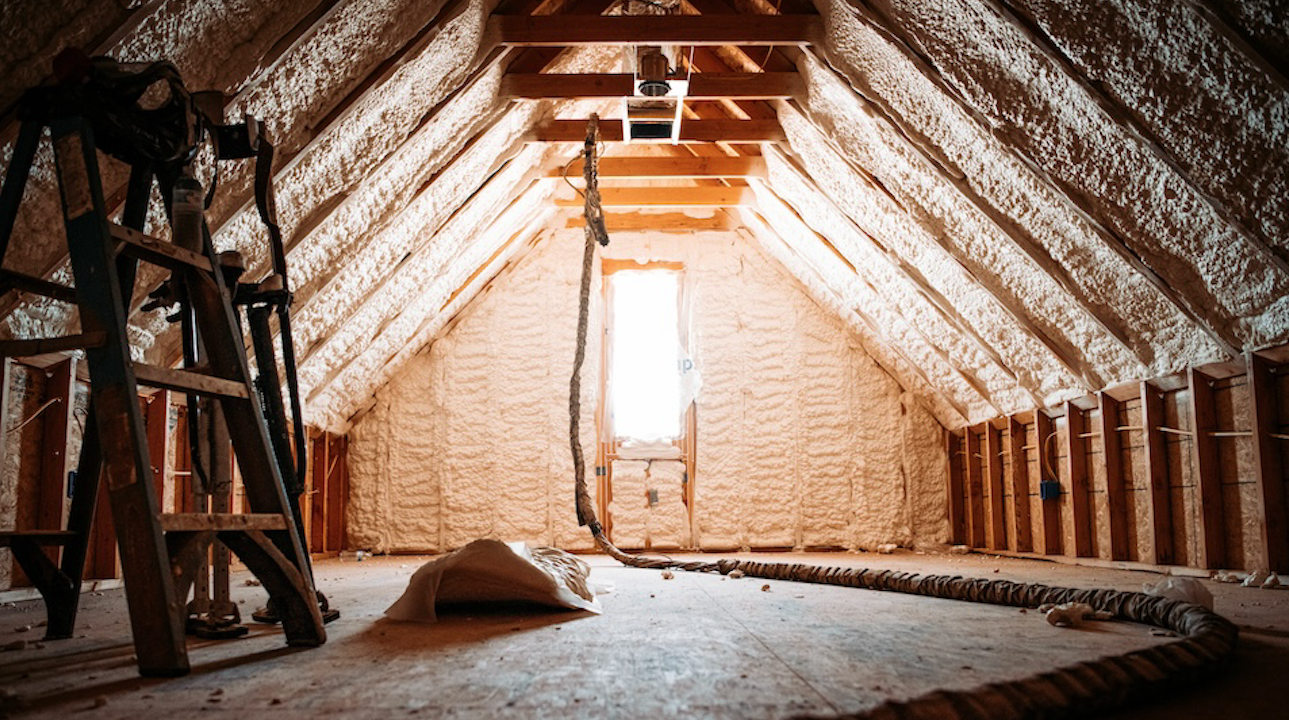In a profession focused on schedule, process sequence, and lining up future projects, it’s a rare moment for a custom home builder to dwell in the past. So we approached seasoned builders and asked them to look back at their first project or the early years running their companies and tell us: If you could revisit that time in your career—armed with knowledge and experience acquired from decades in the business—what would you do differently?
One of the more profound responses came from Kevin Estes, who has 30 years in the business: “I would have asked for help sooner,” says the president of Estes Builders, in Sequim, Wash. “I felt like I had to figure out everything on my own. For many years, I thought I was the only person who had these problems. As it turns out, we’re all facing the same challenges.”
Let the Outsiders In
Estes started his company at age 28, after working for his father’s home building firm. One year, at an International Builders’ Show, he attended a presentation about financial benchmarking and then followed up with the presenter to learn more. That relationship launched Estes on a path that connected him with an NAHB 20 Club, more mentors, and outside consultants.
“Just having access to that knowledge opened my eyes to how many experts are out there,” Estes says. “I could have saved myself so much grief and time. Much of [my journey through] the school of hard knocks could have been paved with outside help.”
Jon Schoenheider, co-owner of Regency Builders, in Pewaukee, Wis., joined a chapter of the YPO (Young Presidents’ Organization), a global network of senior managers under 45 years old. “That was immensely powerful for me because, during those eight years [while I was a member], I gained a wealth of knowledge from outside industries,” he says.
One of those outside-industry connections was with a company that produces dietary supplements manufactured from ingredients harvested from its own organic farm. Like Regency, the Palmyra, Wis., manufacturer was family owned and both of the businesses’ owners shared a mission of giving back to the community. The owners met during a YPO tour of the supplements factory, became fast friends, and eventually collaborated on building a 7,000-square-foot commercial building that serves as the supplements producer’s education center, with interactive exhibits for visitors.
Darren Andreoli and Bob Sprouls, principals of Bluewater Home Builders, in Westport, Conn., occasionally took their entire team off-site for a day just to brainstorm about how to improve the company, inviting consultants to facilitate those meetings. “If you bring in an outside consultant who doesn’t have experience in your field,” Sprouls says, “you can get more outside-the-box thinking that helps you to be more creative in generating fresh solutions and figuring out how to implement them.”
Hiring and Firing
The most oft-repeated lesson the builders we spoke with said they had learned concerned staffing. Surround yourself with the best people, take care of them, and create a positive culture, says Sean Sullivan, president of Living Stone Design + Build, in Black Mountain, N.C.
How do you do that? Hiring experienced candidates and finding candidates via personal references certainly helps, but to guarantee a good fit, there must be more to the process. So Sullivan has prospects take personality tests, among them Dr. Gary Smalley’s 5-Minute Personality Test, which categorizes a person’s strengths, weaknesses, and natural inclinations into four animal types: lion, otter, golden retriever, and beaver.
“Based on the results, we can decide if the person is right for that job or would be a better fit in a different position. We’ve been using that method for about five years,” says Sullivan, adding that his wife, Laura Kirkpatrick Sullivan, owner of ID.ology Interiors & Design, in Asheville, N.C., also uses personality tests in her hiring process.
Firing employees who don’t work out is just as important as finding the right people. “I think a lot of new business owners have the same failing,” says J. Sven Gustafson, a fourth-generation builder and 20-year home building veteran who is president and CEO of Stonewood, in Wayzata, Minn. “Maybe you have an employee who’s good at building a house but not good at paperwork. So you let him skate by because he’s good at a few things but not good on every point. I was really slow to let guys go who had been with us a long time. They had been with my dad 10 or 20 years but couldn’t manage a budget or were unwilling to consistently do change orders. But they could build a heck of a house. I’ve learned that the reason we’re successful today is our team. We have guys who are well-rounded and able to manage all aspects of the project.”
Reflecting on 14 years of home building and on relationships with employees as well as with subcontractors, suppliers, and clients, Scott Frankel, co-president and principal at Frankel Building Group, in Houston, learned that he had to stop thinking he could always work or manage his way to a better outcome. “I needed to learn to give up on clients who couldn’t be good clients and on employees who couldn’t grow,” he says. “ I needed to learn to stop faster, and if there’s a client or an employee who is misbehaving, I’m not going to be able to change that behavior.”
Caleb Johnson, principal architect at Caleb Johnson Studio, in Portland, Maine, says it was just four or five years ago that he learned to more quickly get free of negative people, no matter how talented or hard-working they were. “It’s just too hard a job for a small business to help people grow into positive problem-solvers from people who are always looking for a reason to say no or to complain,” he says.
Protect Cash, Charge Enough
If Fred Delibero could redo the house he completed in 2002, the president of Summit Homes, a Clayton Properties division based in Lee’s Summit, Mo., says he would have charged more so his margin would have exceeded the less than
2 percent he earned from that job.
“While part of that dismal margin was because I didn’t understand my costs well enough, I also didn’t value my time and didn’t understand what it took in terms of profit to grow a sustainable business,” Delibero says. “To be honest, it took me a few years to really figure it all out. The other mistake I made—and it’s really directly related to profitability—is I thought I had to put a lot more than buyers expected in my homes in order to compete. I was, in effect, overbuilding my homes at the expense of profit. Knowing not only what your costs are, but also exactly what’s important to homebuyers—and what isn’t—in your market, will help you fine-tune your projects to maximize profits.”
Rather than running it like a business, some builders operate their companies like it’s a job where they’re earning little more than a wage. Small builders that are netting less than 8 to 10 percent after expenses and overhead, Delibero says, should ask themselves if building houses is worth the risk of being exposed to liability or being caught in a down market.
“It’s not enough to put some money in your pocket at closing,” Delibero says. “You must put enough money away to sustain you through the bad times, and you must earn enough to reinvest and grow your business for the future. I’ve seen countless builders operate for years without ever earning enough to grow the business and build value. Those are the same builders that quickly disappear in a down market, leaving lenders and buyers shortchanged.”
Johnson says he had to learn to protect his cash flow by being bolder: “Get extremely comfortable saying, ‘I’d love to get that done for you. Here’s a change order.’ Doing work that’s out of the project’s scope because of unclear contracts, or just being too nervous to ask for more money, has always been a weakness. We, as a group, want to do great work, but it’s easy to work yourself out of business by not guarding cash flow. Our work is valuable and we need to be paid.”
Bluewater Home Builders’ Andreoli and Sprouls agree that builders have a bad habit of not submitting change orders when appropriate out of fear of letting down the customer or because the builder isn’t organized enough to produce change orders in a timely fashion.
“Early on in the business, too many times we wouldn’t submit change orders when there was a change of scope because we didn’t want to disappoint the customer, or we’d delay submitting them because we dreaded the paperwork—sometimes up to the point when it became too late,” Sprouls says. “We’re now much more disciplined with change orders. The key is to make sure the customer understands what requests trigger them and then to stay on top of the paperwork. As a result, we are now better able to maintain the margins on a project that we initially projected.”
Overcommunicate
Knowing what he now knows, Ed Mahoney says that if he could go back to his college days, he’d have taken more psychology courses.
“If you don’t have the proper mentor, you’ll never really learn how to talk to people and understand them until you grow older—because construction is a psychology course,” says the president of E. B. Mahoney Builders, in Bryn Mawr, Pa. “Each and every day you have different people and personalities to deal with, and you have to adjust to that. When you’re young, you don’t understand the idiosyncrasies people may have. I’m passionate about what I do, but you have to realize that people who don’t understand building a home or doing a renovation—and I’m not saying this sarcastically ... you have to talk to them like they’re an 8-year-old because they don’t know the process and they don’t know what the pitfalls will be.”
Sullivan reiterates that point, adding that a builder can’t handle all clients the same way. Figure out their personality type and treat them accordingly, he advises. Yet even when you do, realize that you’re not going to make everyone happy 100 percent of the time.
“There are type A personalities who want to be inundated with communication,” he says. “They want overcommunication. And, even if you’re overcommunicating with them, 20 percent of those type A personalities are still going to think it wasn’t enough. Try to identify those people early on and make an effort to communicate with them from the very beginning, knowing that they have that personality trait,” Sullivan says.
Estes used to think he was saving his clients grief by not bothering them with news about back orders and other construction hiccups. “We thought we were doing clients a favor,” he says. “It turns out it was really a terrible outcome. Overcommunicate! Clients want to know these things. They don’t want to visit their project and see a damaged cabinet. Be 100 percent transparent—even when things aren’t going well.”
Whenever Bluewater Home Builders’ project managers and subs meet with clients, someone is writing down the minutes. A bullet-point summary of the topics discussed, the decisions made, and any approaching decision deadlines is sent by email or text to all of the parties involved.
“You’re always learning that there may be something that can be communicated better in advance so there isn’t disappointment later,” Andreoli says. “With custom homes, there are a million things that have to be put together and orchestrated, and with experience, you start to understand the hot buttons you may run into. We always try to do a better job of pointing those out earlier in the cycle.”
The communication lesson Frankel wishes he’d learned, going back in time, was to stop using the word “no.” “Clients don’t want to hear us shut down ideas that seem important to them,” Frankel says. “Our great expertise can turn them off. So remind them that you’re on their team and you care about their goals. Remind them that you think they are important and that their idea isn’t stupid to you. The word ‘no’ means you’re not a team player. That’s also important when you’re dealing with employees, trade partners, and vendors. There’s no reason to just say no.”
So, what if a client has a wacky proposal, such as using the friend of a friend who can get tile cheaply rather than picking product from the builder’s supply partners? Rather than immediately shooting down the idea, Frankel gets creative. He’ll agree to work with that alternative and sends the client off to do the research or attempt to set up that deal. Eventually the customer realizes the bargain doesn’t really exist.
“I needed to come up with something more positive,” Frankel says. “The word ‘no’ puts people on the defensive, and it really worked against us, more than anything else. ‘No’ is a petty word. It makes people think you’re not listening to them and they shut down. So over time, I learned creative ways to get people to the answer that was in their best interests. I could have saved myself tons of time and been a better builder. It took me dozens of years to figure that out.”
Process and Systems
Realtor Preston Guyton had been selling properties along the South Carolina coast before he started his custom home building and design divisions in 2010 to take advantage of the dearth of high-performance homes in the Grand Strand market. His do-over lesson: Never assume your amazing client at the time won’t become a not-so-nice client down the road.
“I would have hired someone much sooner to help keep me organized with regard to paperwork, change orders, signatures, files, insurance, etc.,” says Guyton, president of CRG Companies, in Myrtle Beach, S.C. “We are having some issues come up now from homes we built six to eight years ago. [That makes it clear that] I should have paid much more attention to my insurance, contracts, and sign-offs. With the proper paperwork and filing system, a lot of the current issues we’re dealing with wouldn’t be going on. I know most people who start in construction are wearing many hats; if you’re doing this, make sure you’re checking all of the boxes with regard to files, insurance, paperwork, contracts, etc.”
In Stonewood’s early days, maybe the carbon copy of a change order would actually be in the truck at the jobsite, maybe clients signed off on it, and maybe that order would be carried out. Or maybe not.
Over time, Gustafson’s company developed systems and processes by implementing BuildTools software, which provides structure for his employees and a standardized way to handle change orders, purchase orders, scheduling, and more.
“Focusing on systems and processes truly is the difference between our company and our competitors—because we subcontract everything,” Gustafson says. “The difference between my company and my competitor isn’t the actual tile setter or the people who are swinging hammers and doing the work; it’s all of the procedures and processes behind that.”
Estes wishes he’d done vigorous constructability reviews earlier in his career. In this exercise, his employees and subcontractors scrutinize specs and verify that all of the details, down through the selection of the appliances, are 100 percent complete. Only then does construction proceed. “It’s part of the routine, and people don’t question it,” Estes says. “At first we thought it would be an uphill battle with clients, but if you go in with that expectation, there’s no pushback. Today, we won’t start a project until all of those things are done.”
Sullivan says he could potentially have decreased his stress level years ago if he’d had standard operating procedures (SOPs) in place back then. Starting last year, every department at Living Stone Design + Build began identifying tasks that should have an SOP. They simply write a rough draft of step-by-step instructions and share that document with others on staff. At press time, the firm was on track to finalize 300 SOPs by the end of 2018. Now anyone on staff can consult these standardized references for direction about procedures and how to handle tasks.
But because such systems evolve over time, having that wisdom in place during the early days of a company may be unrealistic, as some lessons must be learned through experience.
Andreoli and Sprouls were friendly competitors before combining their businesses in 2008. Each brought his own company’s best practices and procedures with him, and over the years they have developed proprietary systems that have enabled Bluewater to be more efficient.
“I think you find that when you’re focusing on systems and you’re estimating a job, you begin to drill down more into your line items, even almost creating sub-line items, and you begin to realize the true cost of each one,” Sprouls says. “You have to make sure you incorporate the labor cost of your administrative staff as well as your field costs. When you put true numbers in the bid, you begin to see all of the true costs, and you can come up with a more accurate bid and your margins will be much more accurately predicted.”
Another caveat—for any builder, no matter whether they’re
starting out or have decades of experience—is: Don’t think you’re bulletproof. “Because I was young and stupid, I started to see people building homes in communities I wanted to move into,” Regency Builders’ Schoenheider says, “and I said, Why not me? Why can’t I achieve success?”
So Schoenheider talked the family business into buying 45 lots in a neighborhood, sold all of the lots before closing the land deal, and built the houses. He bought 45 more—without a two-year contingency—and then the 2008 recession hit. Regency got shelled on that deal, but fortunately had other revenue streams from commercial real estate to get the company through the downturn.
“Could I have looked in the mirror in my 30s and mid-40s and not thought I was so bulletproof?” Schoenheider wonders. “I got lucky.”
This story originally appeared in the Winter 2019 issue of Custom Builder. See the print version here.
Related Stories
Custom Builder
HUD Secretary Marcia Fudge Announces Forthcoming Resignation
U.S. Department of Housing and Urban Development Secretary Marcia Fudge has said that she intends to leave office later this month
Custom Builder
Why Start a Custom Building Business?
In this Taking Care of Business segment, expert coach and trainer Scott Beebe joins our host Duane Johns to talk about where custom builders could be getting off on the wrong foot
Business
Custom Builder to Talk Color Design with Becki Owens at IBS
At this year's IBS, renowned designer Becki Owens will sit down with host James McClister, editor of Custom Builder, to discuss a variety of topics from basic color play in design to the Allura Spectrum palette, a collection of Sherwin-Williams colors curated for the benefit of pros
Business
PERC Highlights Sustainability and Efficiency at IBS with 'Clean Build Conversations'
Hear from industry standouts Matt Blashaw and Anthony Carrino at this hour-long Show Village event
Business
The Five Foundational Cornerstones
Business coach Scott Beebe shares insights into the often ignored business basics that could be the difference between long-term success and failure
Custom Builder
Start With the Why: Fundamentals of the Custom Builder Business
In our inaugural episode of Taking Care of Business, host and custom builder Duane Johns sits down with Scott Beebe, head coach and founder of My Business on Purpose, to talk vision, purpose, mission, values, and more
Business
Why AI Is Now Key to Our Trade Partner Strategy
Thompson Custom Homes Business Manager Erin Day explains how AI became a crucial part of building and maintaining successful trade partner relationships
Business
Defining Outdoor Living in 2024
Residential experts weigh in on outdoor living trends in new report
Business
Thriving in 2024: Tips for Succeeding in an Uncertain Environment
Author and sales expert Mark Richardson shares his insights on the industry and how to rethink your approach to success in the new year
Business
Taking Advantage of Incentives Through Weatherization
Industry insider Kristen Lewis walks us through the basics and benefits of weatherization

















